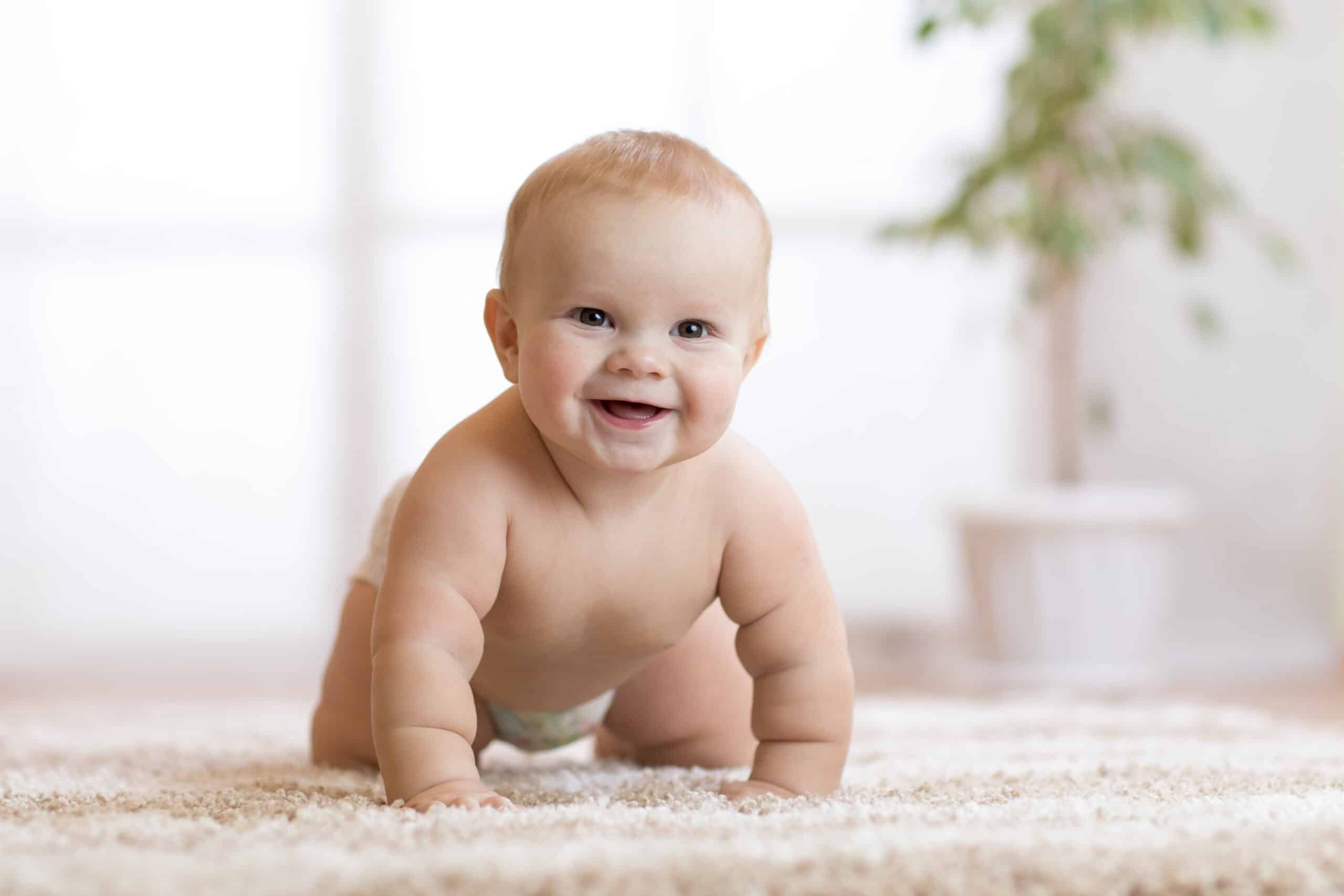Key Points
- Parents will need to support their baby's head for the first couple months of their life. A two-month-old baby can only hold their head up for one or two seconds.
- By three months, a baby will begin holding their head up on their own.
- By four months, a baby will not need any assistance from their parents to hold their head up on their own.
Newborn babies have many important milestones that they meet as they grow. New parents love watching their babies meet these milestones month to month. As they grow, many new parents question if their babies are meeting the development milestones on the right timeline. One thing that is instrumental for a new baby is the ability to lift their head up on their own. Motor skills are a key factor in a baby's development, especially when it comes to lifting their head up. Newborns are not born with muscles or strength. It does take time for babies to lift their heads up on their own. Parents can do a handful of things to help their baby reach this milestone. Experts indicate that babies should hold their heads up anywhere between 3 and 4 months old.

©Dmytro Melnyk/Shutterstock.com
Babies Begin Their Movement Milestones in Stages
Experts indicate that babies do not just hold up their heads overnight. They do so in stages. By 1 month, babies begin attempting to move their heads and neck around—but, this does not qualify as actually lifting their heads. During playmat and tummy time, babies will do smaller head lifts for short spurts of time. New parents who do not feel comfortable with practicing tummy time with newborns can practice by putting their babies on their stomachs on their laps.
At 1 month, parents often need to still support their baby's head, which can be wobbly. By 2 months, babies tend to develop the motor skills and strength to hold their own heads up without support for 1-2 seconds. This, however, is not very high—roughly about an inch off the floor.

©Tomsickova Tatyana/Shutterstock.com
By 3 Months Babies Make Great Strides
Around 3 months, babies who have regular tummy time scheduled begin to lift their heads up and even their chests, too. This is done with help of their arms and hands. Not only is the strength more noticeable by this time, but babies also have movement. By 3 months, babies tend to turn their heads from side to side. By 4 months, doctors indicate that babies are able to just about hold their heads up on their own without any assistance from parents or adults.
At this time, babies are often getting ready to begin crawling around, as well. The ability to crawl depends significantly on the strength of the body. The reason babies often do not begin crawling until 3 to 4 months is to build up that neck and head strength overall. This avoids any injury or falling, although falling is part of the learning process, as well.
How to Help Your Baby Thrive
To help your baby learn to lift and support their head on their own, there are several things you can do.
- Give babies tummy time for a set time limit every day. An hour a day can give babies time to develop the motor skills needed to reach this milestone. Babies learn by experimenting, and tummy time is a great place for them to practice lifting their heads on their own.
- Wearing your baby in a carrier also allows them to practice using the muscles needed to hold their head up on their own. Being in this upright position is key to their muscle memory.
- Use their highchair often, even if not always at meals. The idea of having them in this upright position is important for their growth. However, be sure that the chair is in a fixed, upright position—with proper support as needed.

©Andrey_Kuzmin/Shutterstock.com
Be Sure to Do Things Safely
Although helping your baby thrive is important, it is important to also remember they do not have all of their muscles fully developed. When having babies in upright positions, when playing or feeding them, it's important to still provide support so they do not hurt themselves. Putting your baby in bouncers, high chairs, and even car seats is good for their muscle development. However, always be sure that you are providing the proper support to fit their milestone needs.
In addition, it is important to not rush the process. If you notice that your baby is wobbly and still requires support, provide it. It is always best to listen to and respond to your baby's individual needs to avoid the risk of injury.
When Should I Worry?
If your child is not meeting these developmental milestones by 4 months, the American Academy of Pediatrics advises that you schedule a consultation appointment with your pediatrician. However, it is important to know that it is not always something to worry about. Some babies develop more slowly than others; it can take up to six months for a baby to develop head support. It's better to be safe than sorry, however, so check with your baby's pediatrician to rule out motor delay issues if they haven't gained control of their head and neck by the right time.
Overall, with proper assistance and precaution from parents, babies typically meet this milestone by 4 months of age.
The image featured at the top of this post is ©Oksana Kuzmina/Shutterstock.com.
